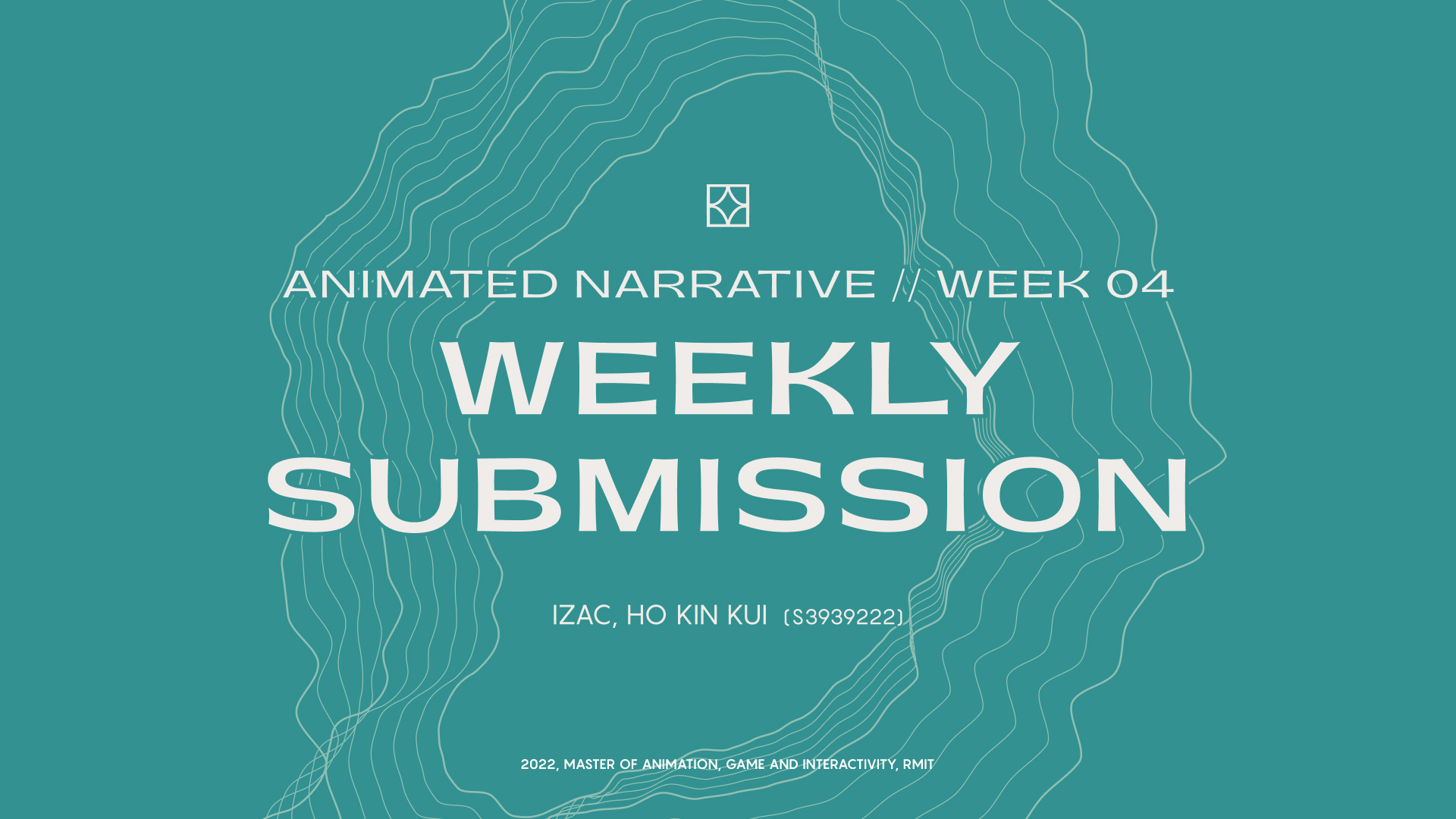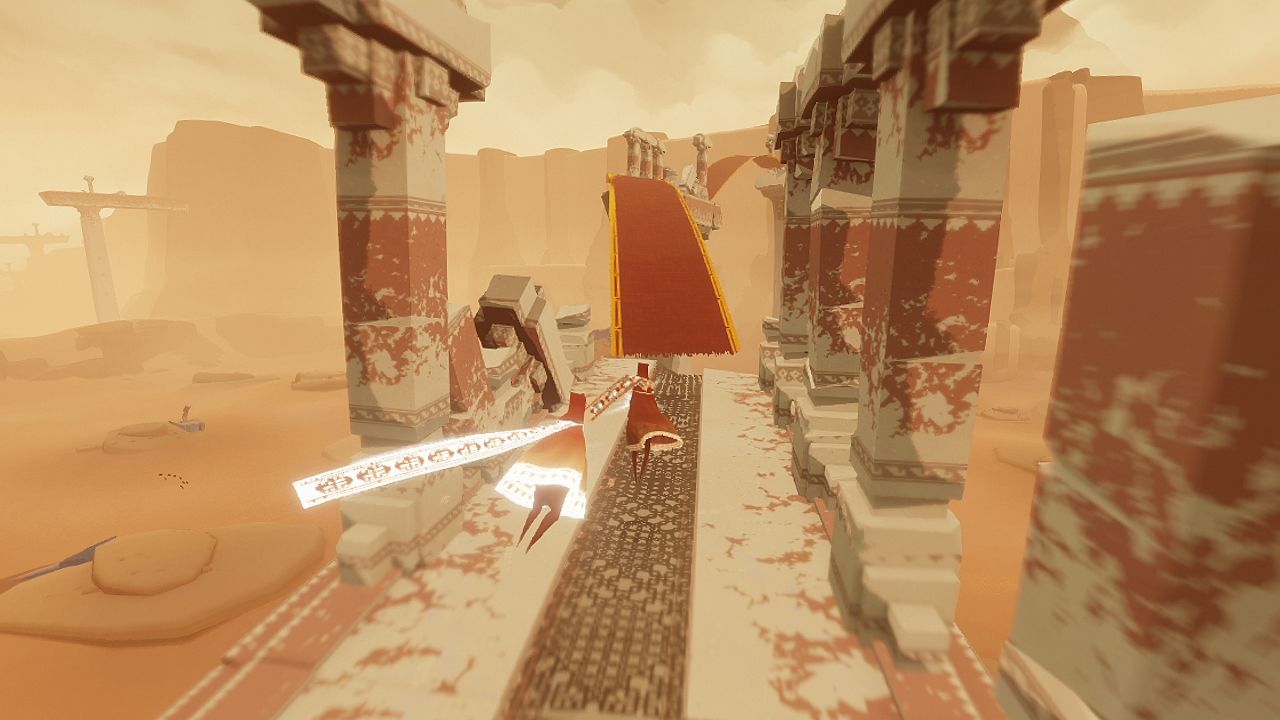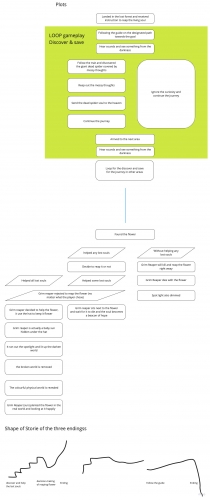
For week four, I revisited the player experience in form of plots and constructed that as a plot chart/ flow chart. This work examines how I am narrating these plots to convey the story and message behind the work.
By using this tool, I understand more how the arrangements of the plots/ experiences of the work affect the player's perception of an experience/ a story.
Story:
The intern grim reaper was sent to an apocalyptic world to search for the last living soul and reap it. It traveled difficultly through landscapes in the dark to get to it. It had to make the decision- to reap or not to reap.
Plots Diagram:
(refer to the image attached)
Seems MAGI Website has compressed the image badly 👉 View Here
Through this opportunity, I grouped up the major gameplay as a loop block. And the decision of the player will actually affect the shape of the stories. If the player decides not to explore the world, their whole experience/ the story of the grim reaper would be very flat and lacks varieties, although this sounds weird, I reckon this plays an essential part of my game. The courage players take to explore will be rewarded with more experience and knowledge of the world and of course a better ending.
Narration:
The depth of the narration tends to be subjective. I hope the player would project and immerse themselves into the experience, they decide where the character goes and does.
The range of the narration is one of the key elements of the experience, the player observes the world from a top-down view, but they don't know anything about the world and the vision is very limited. This builds up the mystery that I want, which player has to explore the world together with the character.
So I would say this experience is a mystery-solving quest style of narration - to find out what's in the dark and what will happen with the character.

This work is similar to the work of Thatgame Studio, Journey. It is a 3D exploring game, the game contains no textual guide, the player will be assigned with a random partner online, and the two players have to collaborate to solve puzzles in order to get to the goal. This work reminds me of the possibilities of how users interact with user/environment could lead to different experiences. For example, in Journey, you may come across bad partners that leave you behind or you may miss out on some of the sceneries if you don’t take the time to explore. The artwork of Journey is excellently produced and is top-notched. I am fairly concerned with a monotone visual style, how could I attract the player to explore the world. That’s something I will work on.
By developing this reflective practice on the experience structure, I reflected that the difference between a story, plots and narration is fundamental yet important in both linear and non-linear presentation. I used to think perhaps it doesn’t apply to interactive work, but when I actually plotted out the events in the experience and the choices player will make, the shapes of the story actually changes accordingly. And I think the beauty of interaction is that the shapes of experience will vary organically responding the action of the player/audience. It feels magical and humbling at the same time, hopefully, I could be able to deliver the work that I am imagining.
2022. Journey. [online] Available at: <https://thatgamecompany.com/journey/> [Accessed 23 March 2022].

